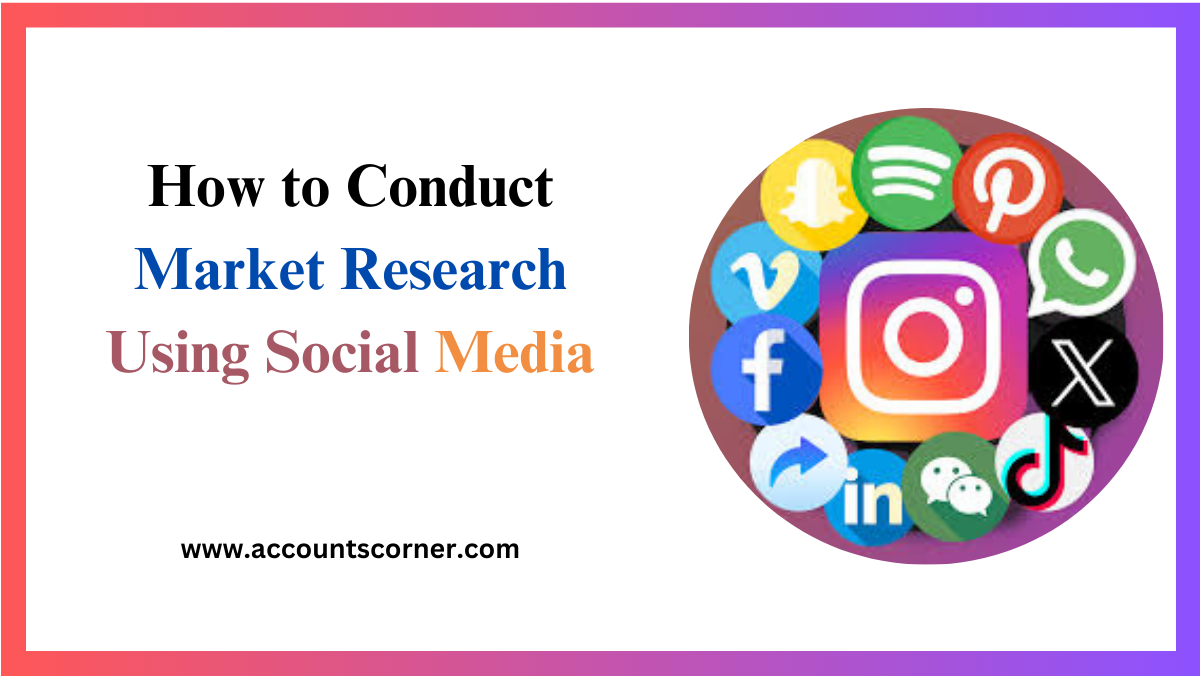Products
-
 Flicker New Accounts
Rated 5.00 out of 5$0.50
Flicker New Accounts
Rated 5.00 out of 5$0.50 -
 Discord New accounts With Gmail
Rated 5.00 out of 5$1.00
Discord New accounts With Gmail
Rated 5.00 out of 5$1.00 -
 Reddit New Accounts With Gmail
Rated 5.00 out of 5$1.00
Reddit New Accounts With Gmail
Rated 5.00 out of 5$1.00 -
 Quora New accounts With Gmail
Rated 5.00 out of 5$1.00
Quora New accounts With Gmail
Rated 5.00 out of 5$1.00 -
 Buy AOL AGED Accounts
Rated 5.00 out of 5$1.00
Buy AOL AGED Accounts
Rated 5.00 out of 5$1.00 -
 Buy Outlook New Accounts
Rated 5.00 out of 5$1.00
Buy Outlook New Accounts
Rated 5.00 out of 5$1.00 -
 Buy Hotmail Aged Accounts
Rated 5.00 out of 5$1.00
Buy Hotmail Aged Accounts
Rated 5.00 out of 5$1.00 -
 Youtube Accounts With Channel and Video
Rated 5.00 out of 5$2.00
Youtube Accounts With Channel and Video
Rated 5.00 out of 5$2.00 -
 Youtube Accounts With Channel
Rated 5.00 out of 5$1.00
Youtube Accounts With Channel
Rated 5.00 out of 5$1.00 -
 Buy Twitter Aged Accounts 2010 to 2021
Rated 5.00 out of 5$1.50
Buy Twitter Aged Accounts 2010 to 2021
Rated 5.00 out of 5$1.50
How to Conduct Market Research Using Social Media
Posted by:
preethi

Table of Contents
ToggleIntroduction to Market Research Methods
Market research is essential for understanding your audience, refining your products, and crafting effective marketing strategies. Traditional methods like surveys, focus groups, and interviews can be resource-intensive and time-consuming. Enter social media—a goldmine of real-time data and insights that can revolutionize how you conduct market research.
This blog will guide you through the process of leveraging social media for market research. From utilizing polls and surveys to analyzing competitor activity and gathering customer insights, Conduct Market Research, you’ll discover how to use these powerful platforms to your advantage. By the end of this guide, you’ll be well-equipped to harness social media’s full potential for your market research needs.
Utilizing Polls and Surveys
One of the simplest yet most effective ways to gather data on social media is through polls and surveys. These tools allow you to directly engage with your audience and collect actionable insights.
- Engaging Your Audience with Polls
Social media platforms like Instagram, Twitter, and Facebook offer built-in polling features. Polls are quick and easy for users to participate in, making them an excellent tool for gauging public opinion on various topics. Conduct Market Research, For example, you can run a poll asking your audience which product feature they value the most. The instant feedback you receive can guide your product development and marketing strategies.
- Creating Effective Surveys
Surveys allow for more detailed data collection. Use platforms like Google Forms or Survey Monkey to create comprehensive surveys and share them across your social media channels. Be sure to keep your surveys concise and relevant to encourage maximum participation. Offering a small incentive, like a discount code, Conduct Market Research, can also boost response rates.
- Analyzing Poll and Survey Data
Once you’ve collected your data, use analytics tools to interpret the results. Look for patterns and trends that can inform your business decisions. The insights gained from polls and surveys can help you understand customer preferences, identify pain points, and tailor your offerings accordingly.

Analyzing Competitor Activity
Keeping an eye on your competitors can provide valuable insights into market trends and consumer behavior. Social media is a window into your competitors’ strategies, allowing you to learn from their successes and mistakes.
- Monitoring Competitor Content
Follow your competitors’ social media accounts to stay updated on their latest posts, promotions, and customer interactions. Tools like Hootsuite and Sprout Social can help you track multiple accounts and analyze engagement metrics. By observing which types of content resonate most with their audience, you can refine your own social media strategy.
- Conducting Competitor Analysis
Perform a SWOT analysis (Strengths, Weaknesses, Opportunities, Threats) based on your competitors’ social media activity. Identify areas where they excel and where they fall short. This analysis can reveal opportunities for your business to differentiate itself and capture market share.
- Learning from Competitor Campaigns
Study your competitors’ marketing campaigns to understand what works and what doesn’t. For instance, if a competitor’s promotion generates significant buzz, consider adopting similar tactics. Conversely, if a campaign falls flat, analyze why it failed and avoid making the same mistakes.
Gathering Customer Insights
Social media is a treasure trove of customer insights, offering a direct line to your audience’s thoughts and opinions. By actively engaging with your followers, you can gather valuable feedback to improve your products and services.
- Monitoring Social Conversations
Use social listening tools like Brandwatch and Mention to track mentions of your brand, Conduct Market Research, products, and industry keywords. This allows you to stay informed about what people are saying about your business in real-time. Pay attention to recurring themes and sentiments to identify areas for improvement.
- Engaging with Customers
Engage with your audience by responding to comments, messages, and reviews. This not only builds customer loyalty but also provides firsthand insights into their experiences and expectations. Ask open-ended questions to encourage more detailed feedback and show your customers that you value their input.
- Conducting Focus Groups Online
Consider hosting virtual focus groups using platforms like Zoom or Google Meet. Invite a select group of customers to participate in discussions about your products, services, and brand. This allows for in-depth conversations and provides a deeper understanding of your audience’s needs and preferences.
Harnessing User-Generated Content
User-generated content (UGC) offers invaluable insights into customer experiences and preferences. By encouraging your audience to share their content related to your brand, you not only enhance your marketing strategies but also gain authentic feedback.
- Encouraging UGC through Campaigns
Launch campaigns that inspire customers to create and share content featuring your products. This could involve photo contests, hashtag challenges, or customer testimonial requests. Conduct Market Research For instance, invite users to post their photos using your product with a specific hashtag, providing an incentive like a chance to win a gift card. Such initiatives not only increase engagement but also generate a wealth of real-world insights about how your offerings are perceived.
- Curating and Analyzing UGC
Once you’ve gathered UGC, curate it across your social media platforms to showcase authentic customer experiences. Additionally, analyse the trends in the content shared by users. Conduct Market Research What features do they highlight? What messages resonate? Conduct Market Research, The patterns in this shared content can offer rich insights into customer sentiments and preferences, guiding you on where to focus your marketing efforts.
- Leveraging Reviews and Testimonials
Monitor customer reviews and testimonials available on social media. Respond to them promptly to show your customers that their opinions matter. Conduct Market Research Positive reviews can be transformed into marketing content to enhance your brand’s credibility, while negative feedback can provide essential learning opportunities to improve your products and services.
By implementing strategies to harness user-generated content, you can gather insights directly from your customers, shaping a more responsive and adaptive marketing strategy.
Conclusion
Mastering market research using social media can give your business a competitive edge. By utilizing polls and surveys, analyzing competitor activity, and gathering customer insights, you can make informed decisions that drive growth and success. Remember, social media is a dynamic and ever-evolving landscape. Conduct Market Research, Stay adaptable, continuously monitor trends, and leverage the latest tools and techniques to refine your market research strategy.
Ready to take your market research to the next level? Sign up for Jasper today and explore how our AI-powered tools can help you gain deeper insights and make smarter decisions. Your path to better market research starts here.
















